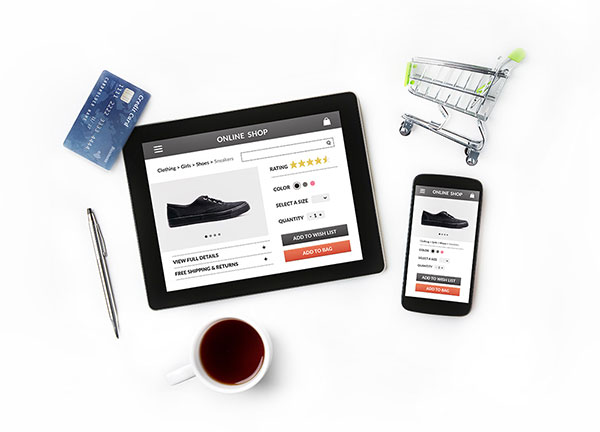As a leading e-commerce solutions and product listing services provider, we empower businesses to stay competitive in the digital marketplace. Our comprehensive solutions like catalog services enable greater efficiencies across various digital commerce operations, reducing time-to-market, lowering costs, and providing actionable insights to help you stay ahead.
Backed by a team of over 1000 professionals, we specialize in understanding, acquiring, and retaining customers for e-commerce platforms. By leveraging our deep insights, creative strategies, and technological expertise we help businesses drive customer engagement, boost conversions, and achieve sustainable growth. Partner with us to unlock the full potential of your e-commerce business.


Our processes are based on extensive product and customer research and analytics

Using AI-driven automation workflows, we enable faster time-to-market and greater accuracy

Quickly access information and measure key performance metrics at a glance

With our cloud-hosted dashboards, you can keep track of KPIs anywhere, anytime

Meet compliance requirements across global sellers